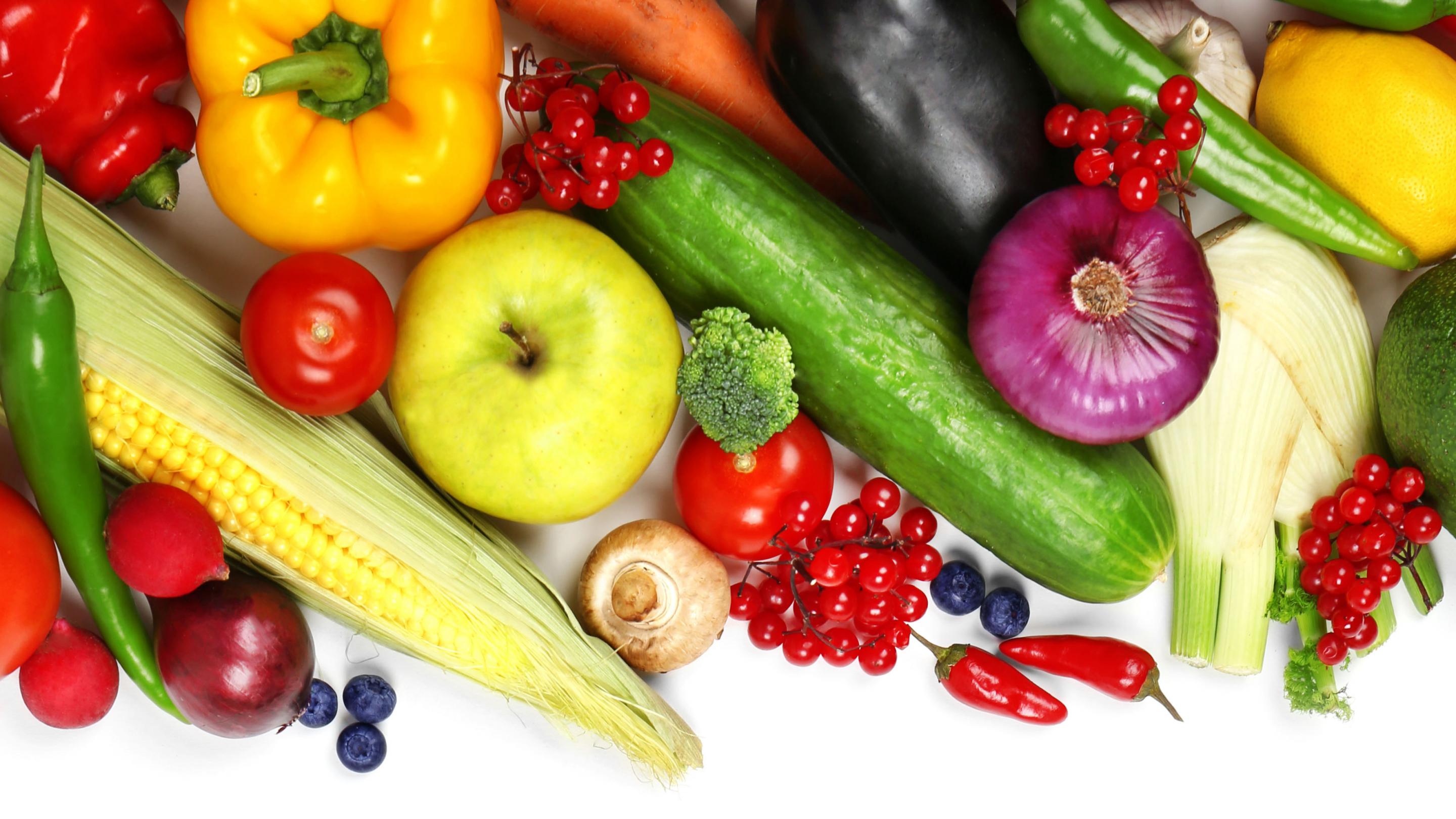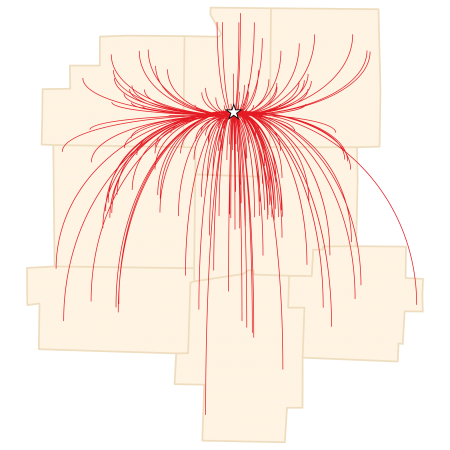We Need Your Help to Meet the Meal Gap
Northeast Ohio is a remarkable community. One that cares for our neighbors and protects our vulnerable populations. Hunger is a complex problem, but it can be solved.
Imagine a community free of hunger, one with regular access to healthy, affordable foods. A community that is connected not only to food, but to local resources and to one another. People who are nourished in both body and spirit.
Together, we can give every child, every family and every senior citizen in Northeast Ohio the resources they need for a healthy hunger-free life. Together, we will change the history of hunger relief.

Identifying the Meal Gap
In 2015, when the Foodbank launched its strategic plan, data revealed that there was a Meal Gap in the region served by the Foodbank — a difference between what was needed to feed food-insecure households compared to what was available to those households through the Foodbank’s network.
Capacity Constraints
Today, the Foodbank is distributing more food than ever anticipated from the Akron facility and the organization is strained for capacity. In the past decade, meals provided to the communities we serve have grown from 10.8 million in 2007, to 25.2 million in 2019. We are getting closer each year to meeting the Meal Gap. The impact of early investments in the Foodbank and the Akron facility have continued to pay off, but to continue this momentum, we must grow.
Reach Further, Feed More
Progress to meet the Meal Gap has been made, but there is still significant work to be done. Our strategic work will not cease until we are providing enough food for all who need it in our region. We cannot reach this milestone without expanding our capacity and growing our network.

Changing the History of Hunger Relief
The Foodbank envisions a hunger-free future where there’s enough food for everyone and it’s easily accessible for all who need it. Growing for Good is an $11.5 million capital campaign that will help us achieve our vision of a thriving community free of hunger.
The project has two components:
To reach further, the Foodbank must expand its capacity. Storage constraints in the current facility are limiting the meals that can be distributed. Neither food sourcing nor food distribution will grow significantly until the Foodbank constructs and opens a secondary campus to support increased storage and distribution capacity.
To feed more, the Foodbank must grow its network. The Foodbank has always been a regional network, but there are still areas of high need that have minimal hunger-relief programs within the Foodbank’s eight-county service region. With a broader physical footprint, and a secondary location to create greater regional access, the Foodbank’s network can open new hunger-relief programs to reach communities where individuals may still be missing meals.


Impact: A Thriving Community Free of Hunger
This project is critical in order to provide enough food for all who are food insecure in our community. Neighbors in need will be connected to healthy food, community resources and to one another. The following metrics will demonstrate the impact of the investment:
- Increase Regional Capacity for Food Distribution
The Foodbank and its network will meet the annual Meal Gap by 2025. - Increase Reach in Communities of Need
The Foodbank will increase reach in areas of need by engaging 200-300 new hunger-relief programs by 2025. - Engage More Volunteers
The Foodbank will engage 15,000 volunteers annually by 2025 at both the Akron and Canton facilities. - Prioritize Healthy Food Distribution
Expanded refrigerated capacity and health-focused partnerships will allow the Foodbank to reach a distribution of fresh produce that represents 25 percent of total meals distributed annually by 2025.